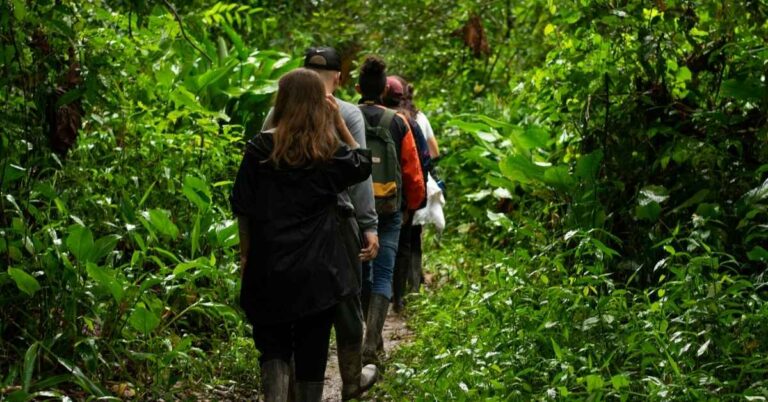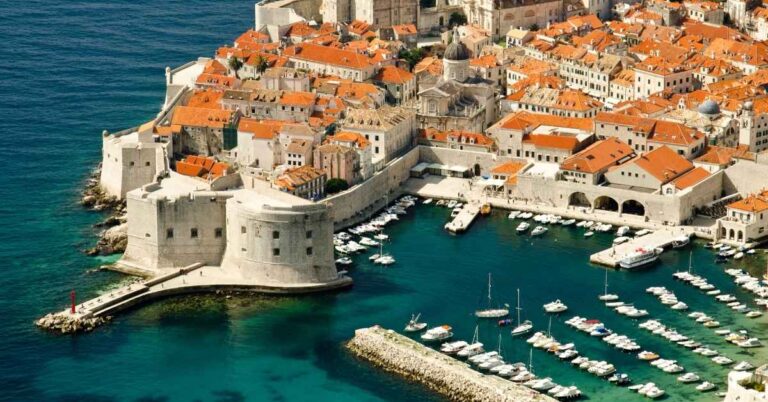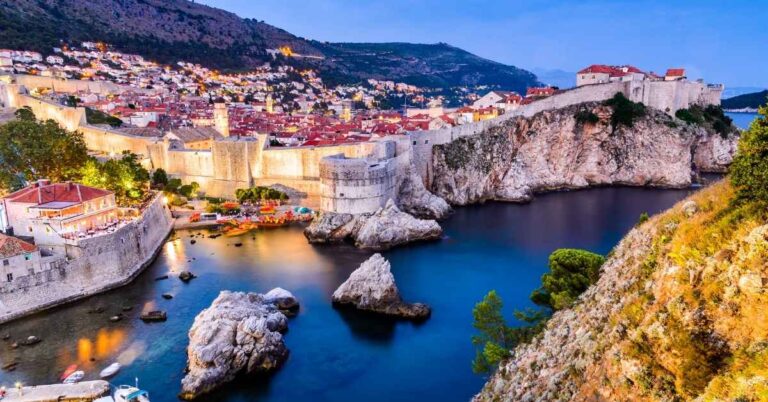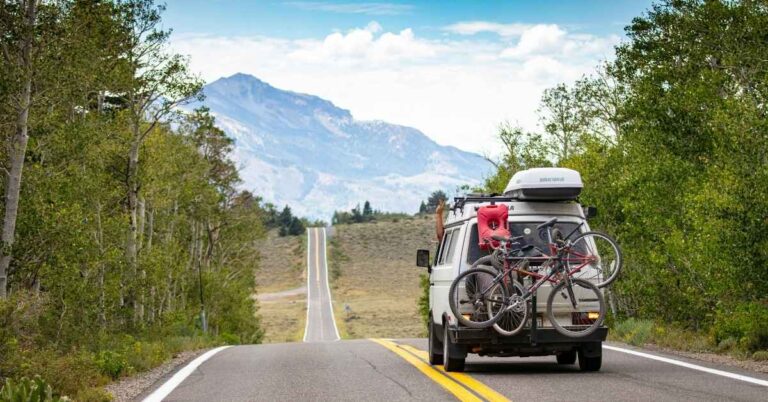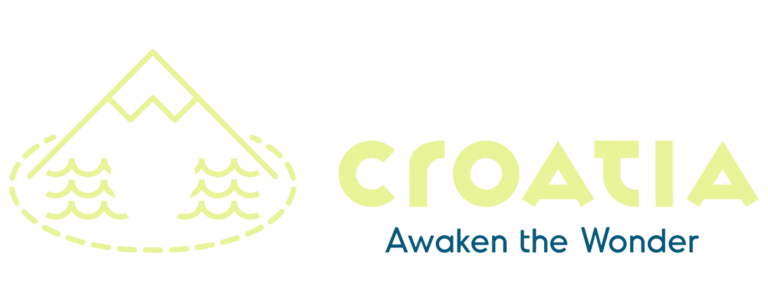Croatia is home to some of the most beautiful landscapes in Europe, and one of the best ways to experience this natural beauty is by exploring the country’s national parks. Croatia’s national parks offer something for every nature lover, from cascading waterfalls and serene lakes to lush forests and towering mountains. Whether you’re an avid hiker, a photographer, or simply seeking peace and tranquility, these parks are the perfect destination. In this guide, we’ll take you through the best national parks in Croatia, offering insights into what makes each one unique.
Why Visit Croatia’s National Parks?
Croatia boasts a rich natural heritage, with protected landscapes showcasing the country’s best flora, fauna, and geological features. The government has eight national parks, each offering a unique experience for visitors. Croatia’s national parks are easily accessible, and many are within a short drive from popular tourist cities like Zagreb, Split, and Zadar. The stunning combination of natural wonders, outdoor activities, and peaceful retreats makes these parks a must-see for anyone visiting the country.
Plitvice Lakes National Park: A Water Wonderland
Overview of Plitvice Lakes
Plitvice Lakes National Park is Croatia’s most famous national park and one of its most visited attractions. This UNESCO World Heritage site is located in central Croatia and covers over 295 square kilometers of lush forests, crystal-clear lakes, and stunning waterfalls. Plitvice is renowned for its sixteen turquoise lakes connected by a series of waterfalls and cascades. The park is a paradise for photographers and nature lovers, offering an unforgettable experience.
What to See in Plitvice Lakes
- The Lakes: The park is home to a series of lakes famous for their vibrant turquoise color. The lakes are divided into two main groups: the Upper Lakes and the Lower Lakes. Each offers a unique perspective of the park’s stunning landscape.
- Waterfalls: Plitvice’s waterfalls are one of the park’s main attractions. The largest waterfall, Veliki Slap, drops over 78 meters, creating a mesmerizing spectacle of water cascading into the pool below.
- Wildlife: The park is home to deer, bears, and various bird species. For nature enthusiasts, spotting the park’s diverse wildlife is a thrilling experience.
Krka National Park: A Hidden Gem of Waterfalls
Overview of Krka National Park
Krka National Park is another stunning Croatian gem located in the central part of Dalmatia. Famous for its waterfalls, Krka is smaller than Plitvice but no less beautiful. The park stretches over 109 square kilometers and includes several picturesque lakes, gorges, and travertine waterfalls. It is especially famous for the Krka Waterfalls, where visitors can swim in the crystal-clear waters, a unique feature compared to other Croatian parks.
What to See in Krka National Park
- Skradinski Buk: One of the park’s most famous features is a large and impressive waterfall. Visitors can walk along wooden paths to the falls and enjoy breathtaking views of the cascading water.
- Roski Slap: This waterfall is another standout in the park. While smaller than Skradinski Buk, Roski Slap is known for its beautiful surroundings and peaceful atmosphere.
- Islands and Monasteries: The park includes several islands, including the beautiful Visovac Island, home to a monastery. Taking a boat tour around these islands offers a serene experience.
Brijuni National Park: The Croatian Archipelago
Overview of Brijuni National Park
Brijuni National Park is located on a group of 14 islands off the western coast of Istria. The park is known for its unique blend of natural beauty and historical significance. Brijuni has a mild Mediterranean climate, making it an ideal destination year-round. In addition to its beautiful landscapes, the islands are home to an array of wildlife, including peacocks, wild boar, and various bird species.
What to See in Brijuni National Park
- Safari Park: Brijuni features a safari park where you can see various exotic animals, including zebras and elephants, once part of the former Yugoslav leader Josip Broz Tito’s private zoo.
- Roman Ruins: The islands of Brijuni also boast historical sites, including Roman ruins and early Christian churches. The area is rich in archaeological history, which can be explored through guided tours.
- Tito’s Villa: A visit to Tito’s Villa, once the residence of the Yugoslav president, gives a glimpse into the former leader’s luxurious lifestyle and the park’s historical significance.
Paklenica National Park: A Haven for Hikers
Overview of Paklenica National Park
Paklenica National Park, located in the Velebit Mountain range, is a haven for hikers and adventure enthusiasts. The park is famous for its dramatic canyons, rocky terrain, and diverse plant and animal life. It is part of the UNESCO Velebit Biosphere Reserve, known for its rugged beauty and challenging trails.
What to See in Paklenica National Park
- Velebit Mountain: Paklenica is a paradise for mountain lovers. The Velebit range offers some of Croatia’s best hiking trails, with routes ranging from easy walks to challenging ascents.
- The Canyons: The park’s two main canyons, Velika Paklenica and Mala Paklenica, are its heart. These canyons offer striking landscapes; visitors can explore them on foot or by climbing the rugged rock walls.
- Flora and Fauna: Paklenica is home to various plant and animal species, including the brown bear, wolves, and chamois. Birdwatchers will also enjoy spotting different species of eagles and falcons.
Risnjak National Park: A Serene Wilderness
Overview of Risnjak National Park
Risnjak National Park is one of Croatia’s most serene and least crowded parks, making it a perfect escape for those looking to escape the hustle and bustle of everyday life. Located in the Gorski Kotar region, the park is known for its lush forests, alpine meadows, and panoramic views. It’s an excellent spot for hiking and nature walks, offering peace and solitude amidst breathtaking landscapes.
What to See in Risnjak National Park
- Risnjak Mountain: The park’s namesake, Risnjak Mountain, offers incredible views of the surrounding region. Hikers can reach the summit and enjoy panoramic vistas of the Adriatic Sea and the mountains.
- Forest Trails: The park’s dense forests have diverse flora and fauna. Exploring these trails provides an opportunity to experience Croatia’s untouched wilderness.
- Wildlife: Risnjak is home to various wildlife, including wild boar, deer, and the elusive lynx. It’s also a popular spot for birdwatching, with species like the golden eagle and the peregrine falcon.
Northern Velebit National Park: The Hidden Gem
Overview of Northern Velebit National Park
Northern Velebit National Park is one of Croatia’s most remote and pristine parks. Located in the Velebit Mountain range, it offers dramatic landscapes, including limestone cliffs, deep caves, and karst formations. It is less crowded than some of Croatia’s other parks, which makes it perfect for those seeking solitude and adventure.
What to See in Northern Velebit National Park
- Lukovo Field: A remote valley within the park, Lukovo Field is home to some of Croatia’s most unique landscapes. It is an excellent spot for hiking, wildlife watching, and stargazing.
- Caves: The park features several caves, including the famous Vjetrenica Cave, which is known for its unique geological formations.
- The Velebit Trail: One of Croatia’s longest and most challenging hiking trails, the Velebit Trail stretches across the park and offers stunning views of the surrounding mountains and coastline.
Conclusion
Croatia’s national parks are a testament to the country’s natural beauty. Whether exploring the famous Plitvice Lakes, hiking the rugged trails of Paklenica, or enjoying the peaceful solitude of Risnjak, Croatia offers a wide range of experiences for nature enthusiasts. Each park is unique and shows the country’s rich flora, fauna, and geological history. A visit to these parks is an unforgettable way to connect with nature and discover Croatia’s stunning landscapes.
FAQs
Q1: What is the best time to visit Croatia’s national parks?
- The best time to visit is during the spring and early autumn, when the weather is pleasant and the parks are less crowded.
Q2: Are the national parks in Croatia suitable for families with children?
- Yes, many parks have easy trails and family-friendly activities. Plitvice Lakes and Krka National Park are particularly suitable for families.
Q3: Can you swim in the national parks in Croatia?
- You can swim in certain national parks, such as Krka National Park, where swimming in the lakes is allowed.
Q4: How long should I plan to spend in each national park?
- Most parks can be explored in a day or two, depending on the activities you want to do. Plitvice Lakes and Krka National Park might take longer due to their size.
Q5: Do I need a guide to visit Croatia’s national parks?
- While it’s not required, hiring a guide can enhance your experience, especially in larger parks like Paklenica or Northern Velebit, where the trails can be challenging.


